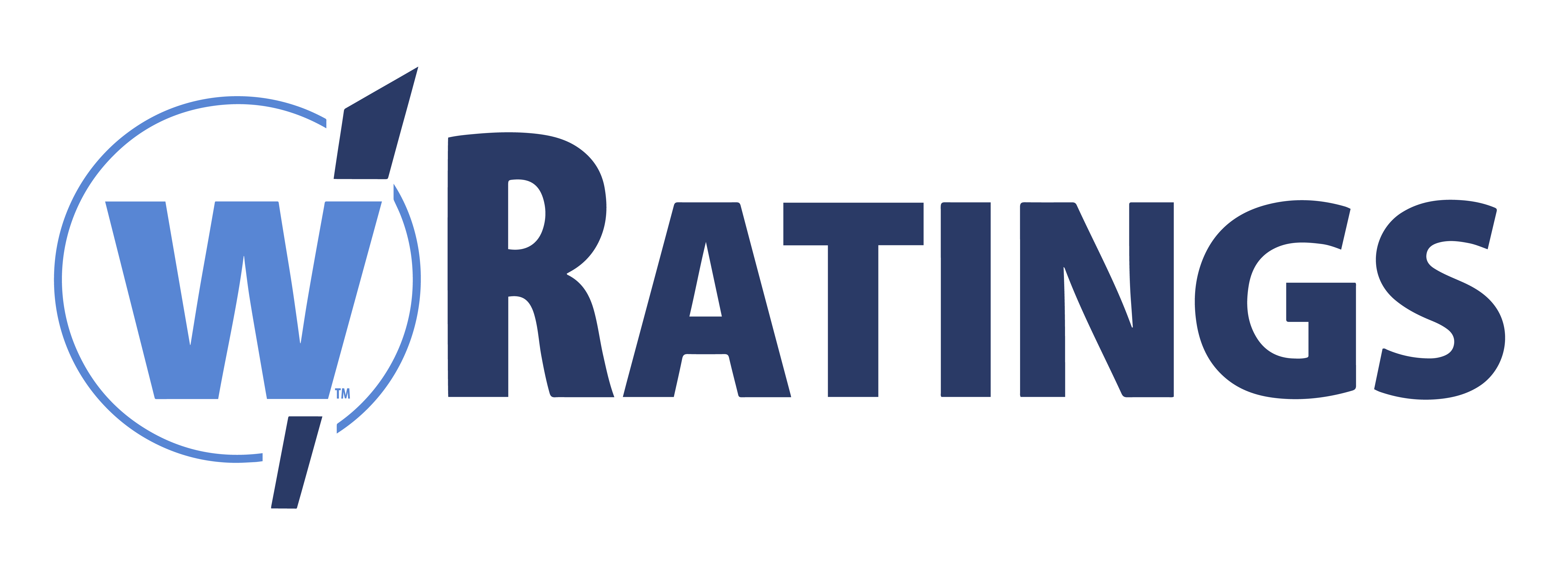Contact Us
Thanks for your interest.
How can we help?
Tell Us How We Can Help
Interested in a Demo of our wRatings platform?
Tell us about your interest on this form and one of our advisors will schedule time with you and/or your team.
Interested in our Insiders Program?
Go get your invitation here.
Interested in becoming a Corporate Subscriber?
Let us know how to best get in touch with you on this form.
Interested in our Partners Program?
Check it out here, then get in touch with us on this form.
Interested in becoming a Panel Member?
Join here.
Interested in working here?
Reach out to us on this form and follow us on LinkedIn.
Do you need Product/Technical Support?
Reach us at reach us at support@wratings.com or contact your Research Advisor directly.

